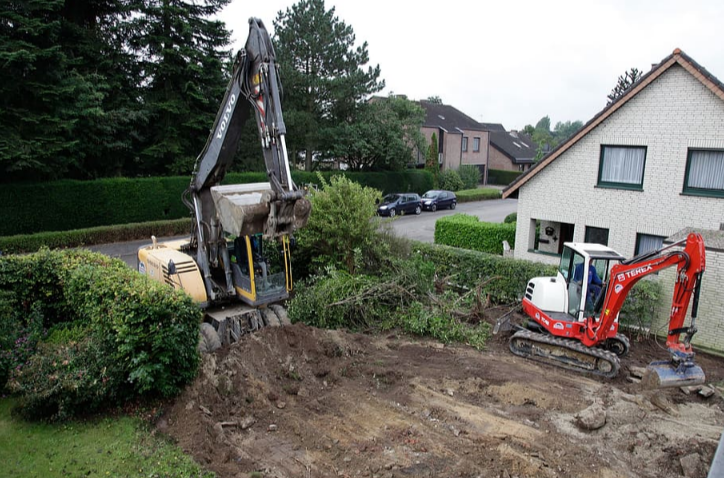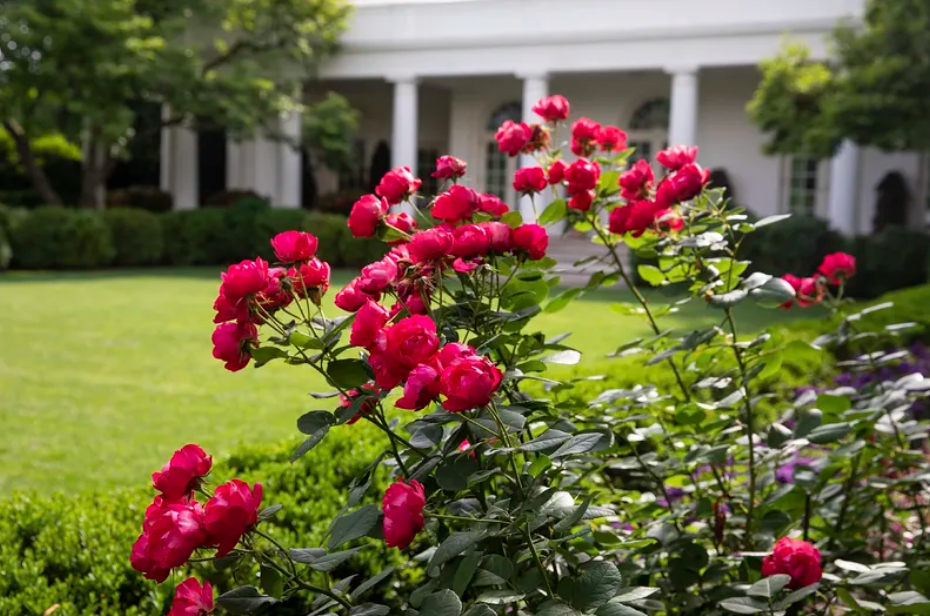Innovations in Farming Equipment and Machinery: Revolutionizing Agriculture
In the ever-evolving landscape of agriculture, the adoption of innovative farming equipment and machinery plays a pivotal role in enhancing efficiency, productivity, and sustainability on farms worldwide. From precision agriculture technologies to autonomous robots, these advancements are reshaping traditional farming practices and paving the way for a more resilient and productive agricultural sector. In this article, we delve into the realm of innovative farming equipment and machinery, exploring the latest developments, their benefits, and the transformative impact they have on modern agriculture.
Precision Agriculture Technologies
Precision agriculture, also known as precision farming, involves the use of advanced technologies to optimize crop yields while minimizing input costs such as water, fertilizer, and pesticides. Key components of precision agriculture include GPS guidance systems, variable rate technology (VRT), and remote sensing technologies such as drones and satellites.
GPS-guided tractors and machinery enable farmers to precisely navigate fields, reducing overlap and minimizing soil compaction. VRT allows for the precise application of inputs based on soil variability, ensuring that crops receive the right amount of nutrients and water where they need it most. Remote sensing technologies provide farmers with valuable insights into crop health, pest infestations, and other environmental factors, allowing for timely interventions and informed decision-making.
Autonomous Farming Robots
Autonomous farming robots are revolutionizing agricultural operations by automating labor-intensive tasks such as planting, weeding, and harvesting. These robots utilize advanced sensors, cameras, and artificial intelligence algorithms to navigate fields, identify crops and weeds, and perform targeted actions with precision and efficiency.
For instance, autonomous planting robots can accurately plant seeds at optimal depths and spacing, ensuring uniform crop emergence and maximizing yields. Weeding robots equipped with vision systems can differentiate between crops and weeds, selectively removing unwanted plants without the need for herbicides. Harvesting robots are capable of delicately picking fruits and vegetables at the peak of ripeness, reducing harvest times and labor costs.
Vertical Farming Systems
Vertical farming systems represent a novel approach to agriculture that maximizes space utilization and resource efficiency. These systems involve the cultivation of crops in vertically stacked layers or towers, often in controlled indoor environments such as warehouses or shipping containers.
Vertical farming utilizes hydroponic or aeroponic growing methods, where plants are grown without soil, receiving nutrients and water through a nutrient-rich solution or mist. LED lighting systems provide the necessary spectrum of light for photosynthesis, allowing for year-round crop production regardless of external environmental conditions.
Vertical farming systems offer several advantages, including higher crop yields per square meter, reduced water usage, and protection from adverse weather conditions and pests. Additionally, their proximity to urban centers reduces transportation costs and carbon emissions associated with food distribution.
Robotics and Artificial Intelligence in Dairy Farming
In dairy farming, robotics and artificial intelligence (AI) are transforming milking operations and herd management practices. Automated milking systems, equipped with robotic arms and sensors, enable cows to be milked autonomously, improving milk quality and animal welfare while reducing labor requirements.
AI-powered systems analyze data from sensors and wearable devices to monitor the health and behavior of individual cows in real-time, allowing for early detection of health issues and precise management of feeding and breeding programs. Robotic feeders and barn cleaners automate feeding and manure removal tasks, optimizing feed efficiency and maintaining clean and hygienic barn environments.
Energy-Efficient Farming Equipment
In response to growing concerns about climate change and energy sustainability, there is a growing emphasis on developing energy-efficient farming equipment and machinery. Electric tractors powered by batteries or renewable energy sources offer a cleaner and quieter alternative to traditional diesel-powered tractors, reducing greenhouse gas emissions and operating costs.
Similarly, energy-efficient irrigation systems, such as drip irrigation and precision sprinklers, minimize water waste and energy consumption by delivering water directly to the root zone of crops. Solar-powered pumps and renewable energy microgrids provide off-grid energy solutions for remote farming operations, reducing reliance on fossil fuels and grid electricity.
In conclusion, innovative farming equipment and machinery are driving a paradigm shift in agriculture, enabling farmers to produce more food with fewer resources while minimizing environmental impact. From precision agriculture technologies to autonomous robots and energy-efficient systems, these advancements are reshaping the future of farming and ensuring food security for generations to come. By embracing innovation and leveraging technology, farmers can overcome the challenges of a rapidly changing world and thrive in a sustainable and resilient agricultural ecosystem.








